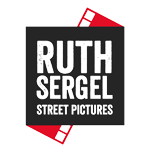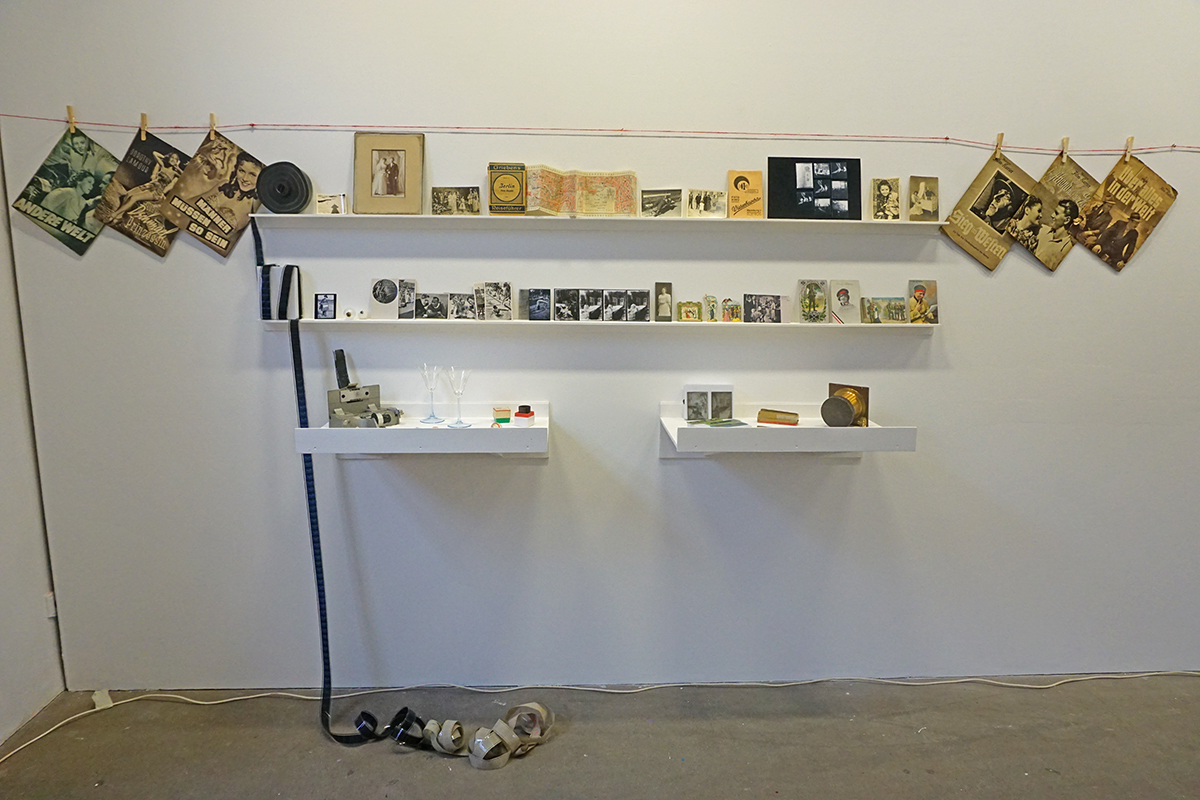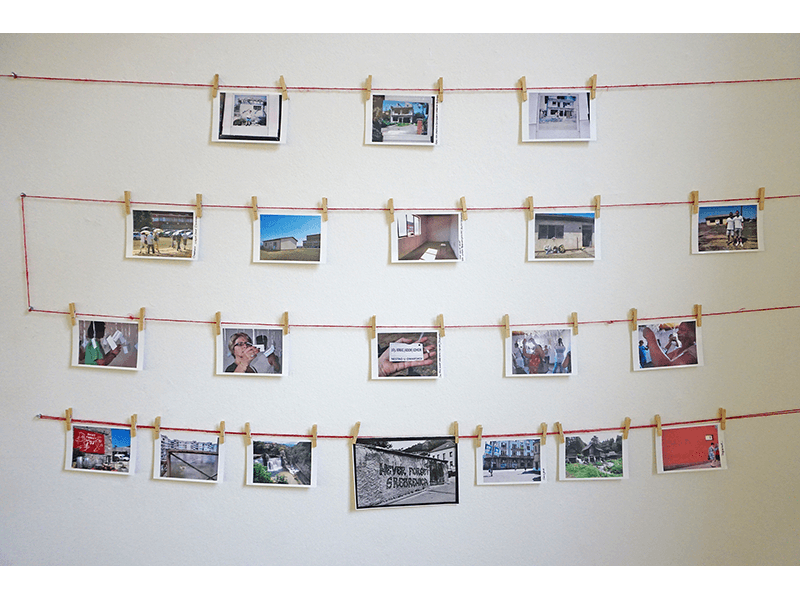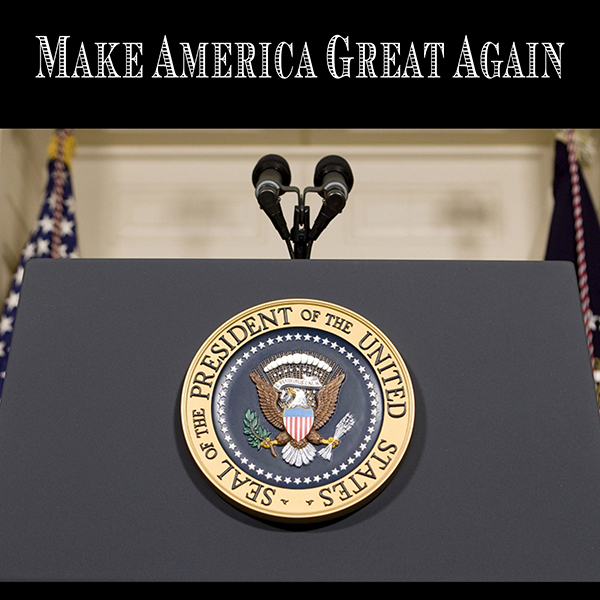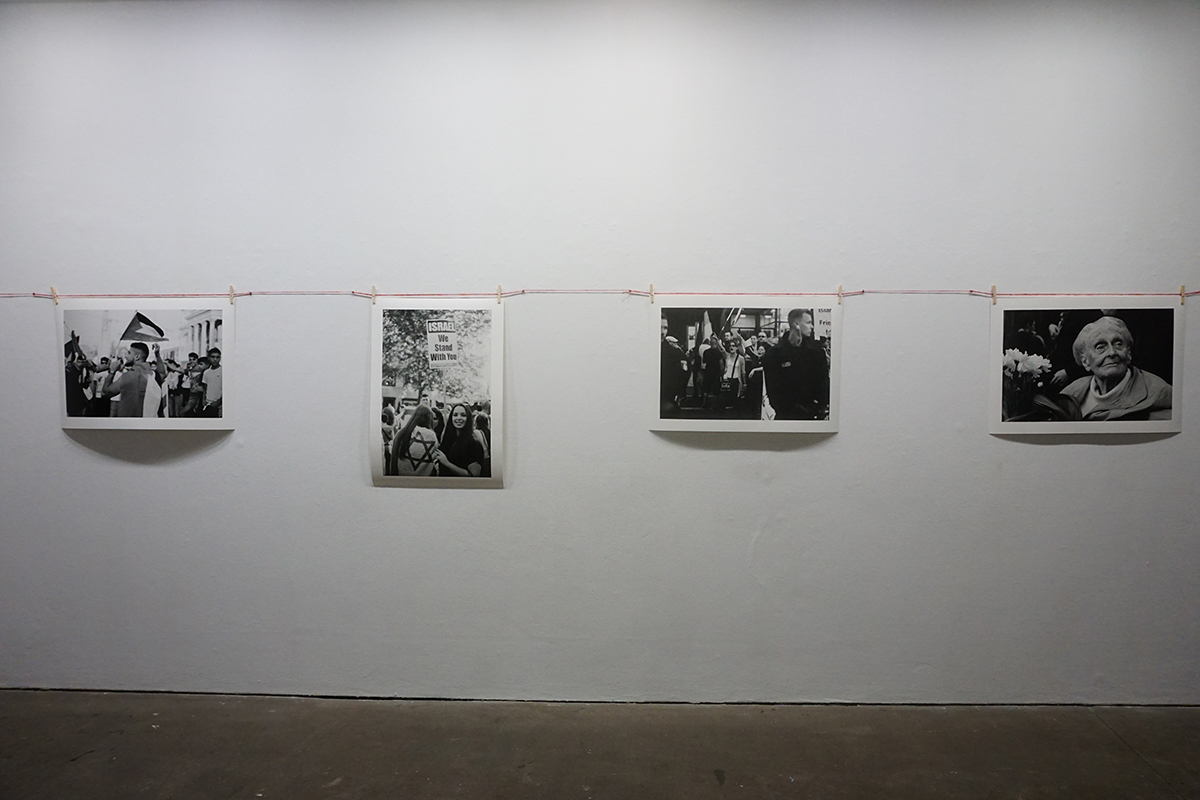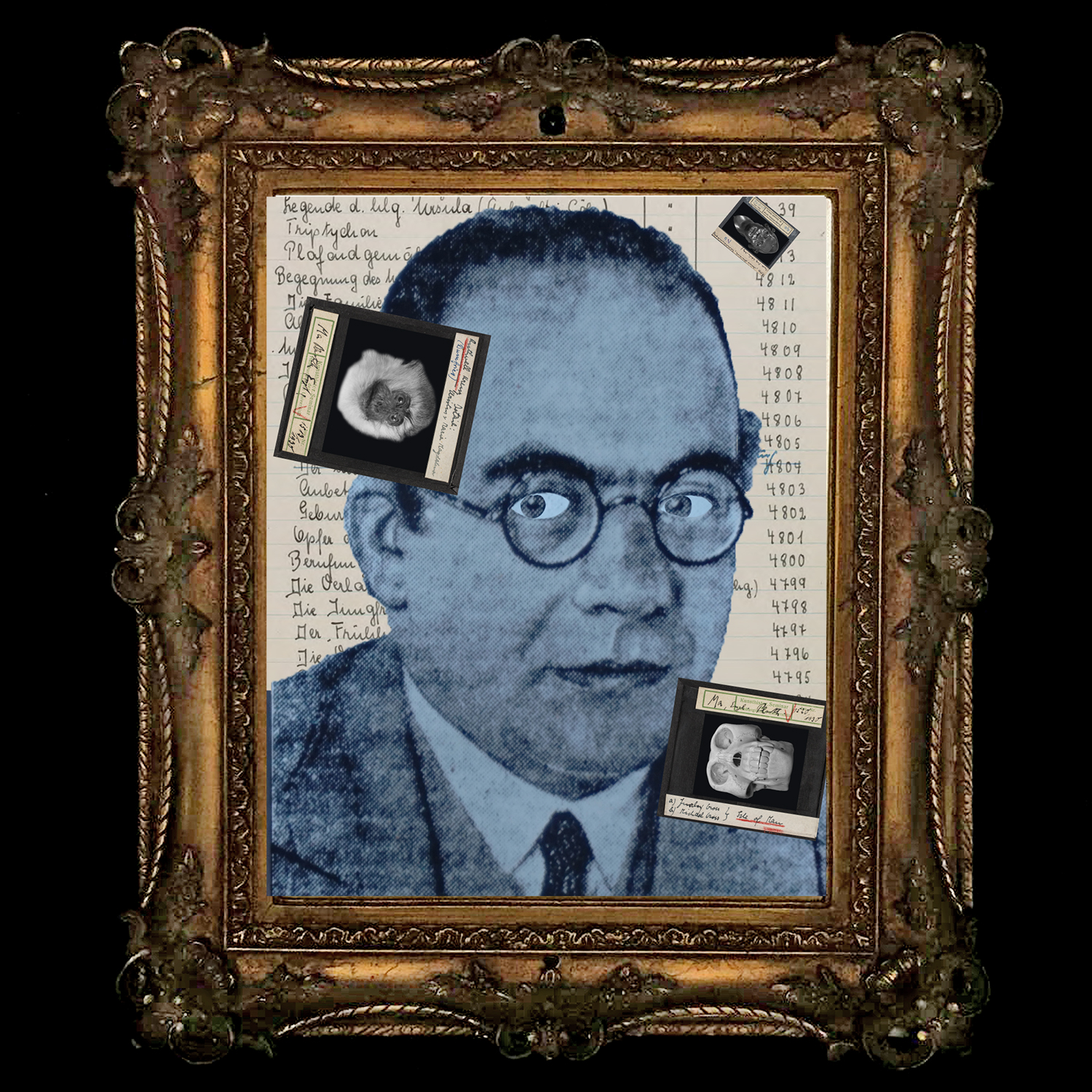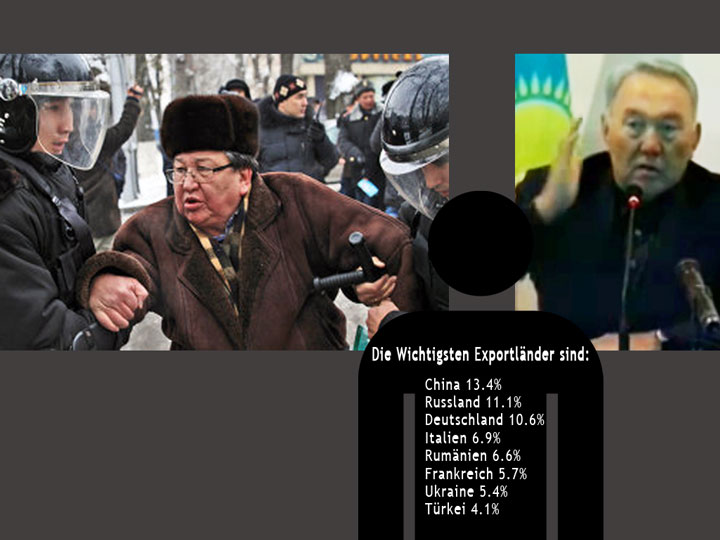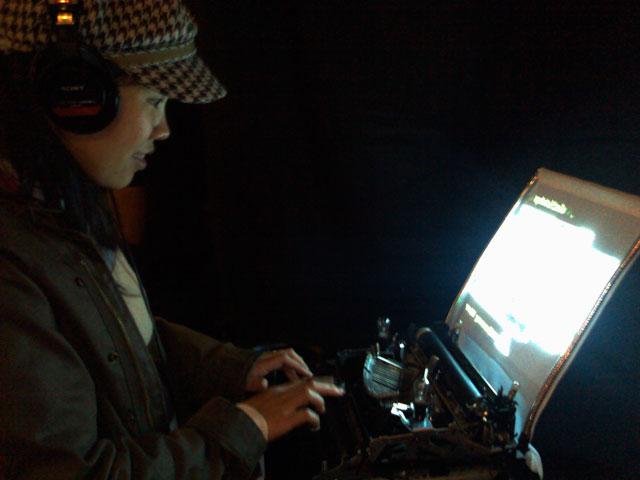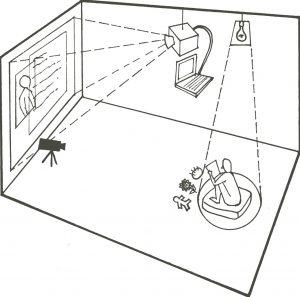Tikkun Olam
The red lace pattern is taken from my grandmother’s tablecloth.
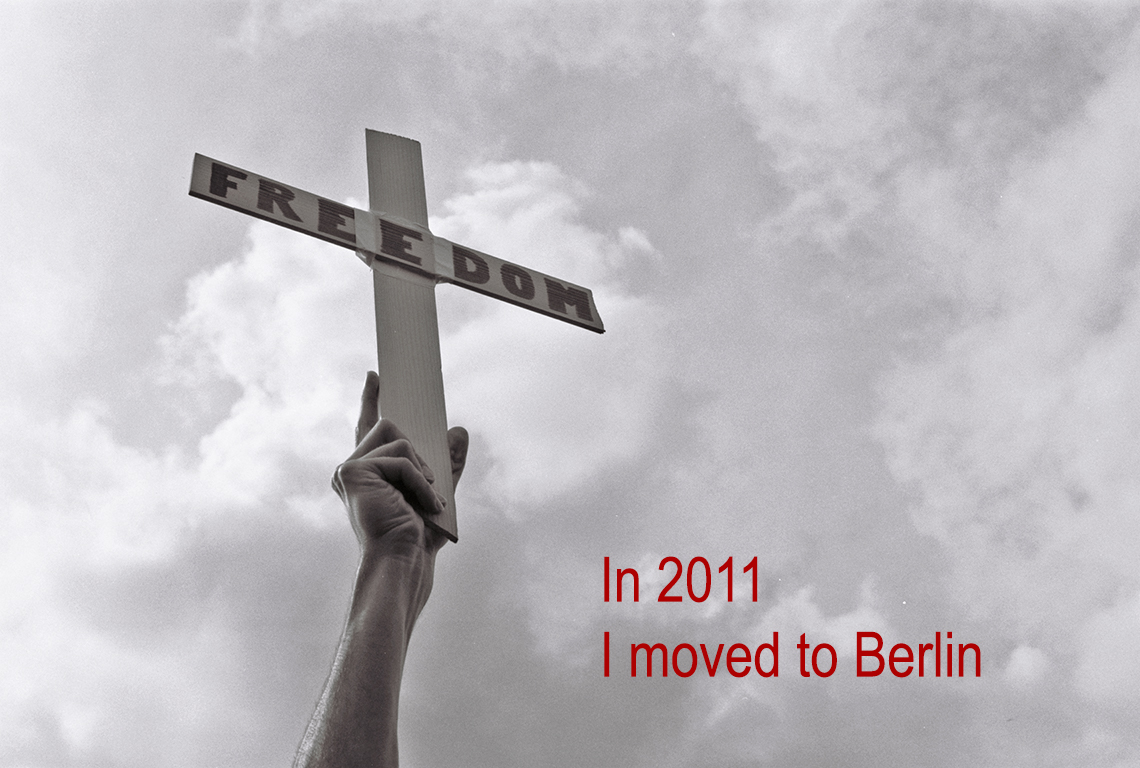
What I found at the flea market | Was ich am Flohmarkt gefunden habe
I went to Volkshochschule to learn German
In one class there was a young man from Gaza. Of course, in my family, we had never spoken about Israel or Palestine. He was studying public health. His thesis was on services for children with cerebral palsy in Gaza. We had an immediate bond. That’s one of the things about disability – it can cut across traditional lines of nationality, race, class and religion. His niece has cerebral palsy. My sister also has cerebral palsy.
I want to show you the first film I ever made, with Bruce Jackson. He also has cerebral palsy.
Meine bosnischen Freunde brachten mich zu Stätten der umstrittenen Erinnerung
My Bosnian friends took me to sites of contested memory.
LaGeSo
Sometimes it isn’t right to take a photograph.
Please take a breath,
In + out
Feet slightly apart. Find your center
Another breath and if you are willing
Let your eyes close and listen.
I have a story I want to tell you
One summer day in 2015 my phone exploded
They are here!
Old people, babies, all out in the hot sun. My apartment is a 5 minute walk from the government building where the refugees go to register.
I buy fruit, bubbles and colored markers for the children. My neighbors and I become a great river, pouring out of the buildings. Through the streets we flow into the government courtyard. It is already filled with people sitting on the rough ground. I’m nervous and give away everything I have too quickly.
There is a small building where suplies are being gathered and organized. We carry the boxes of food outside – would you like an orange? Some bread? Water? In my memory it is quiet. Everyone is very focused. How bad does it have to be that one would leave their homeland?
A man in the courtyard begins to sing
No one tells us what to do. We know what to do.
We keep our head down and do the work. We will re-make the world as it could be. At least for today, we have found a way to do our part.
You can open your eyes now.
Thank you for listening.
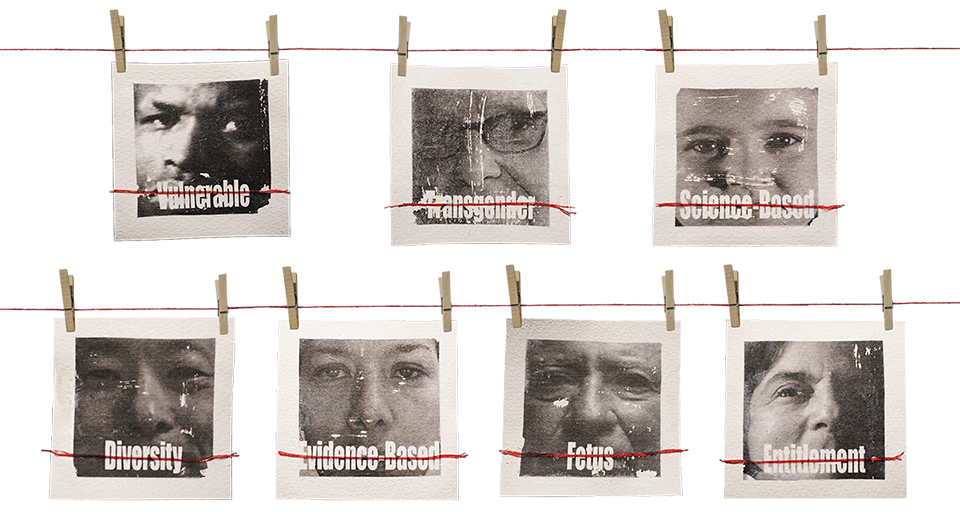
7 Verbotende Wörter | 7 Forbidden Words
Sieben Worte, die das Gesundheitsministerium nach Meinung der Trump-Administration nicht verwenden soll.
Seven words the Trump administration doesn’t want the CDC to use
#MAGA
A deck of 52 cards made between the 2016 US presidential election and the Trump inauguration.
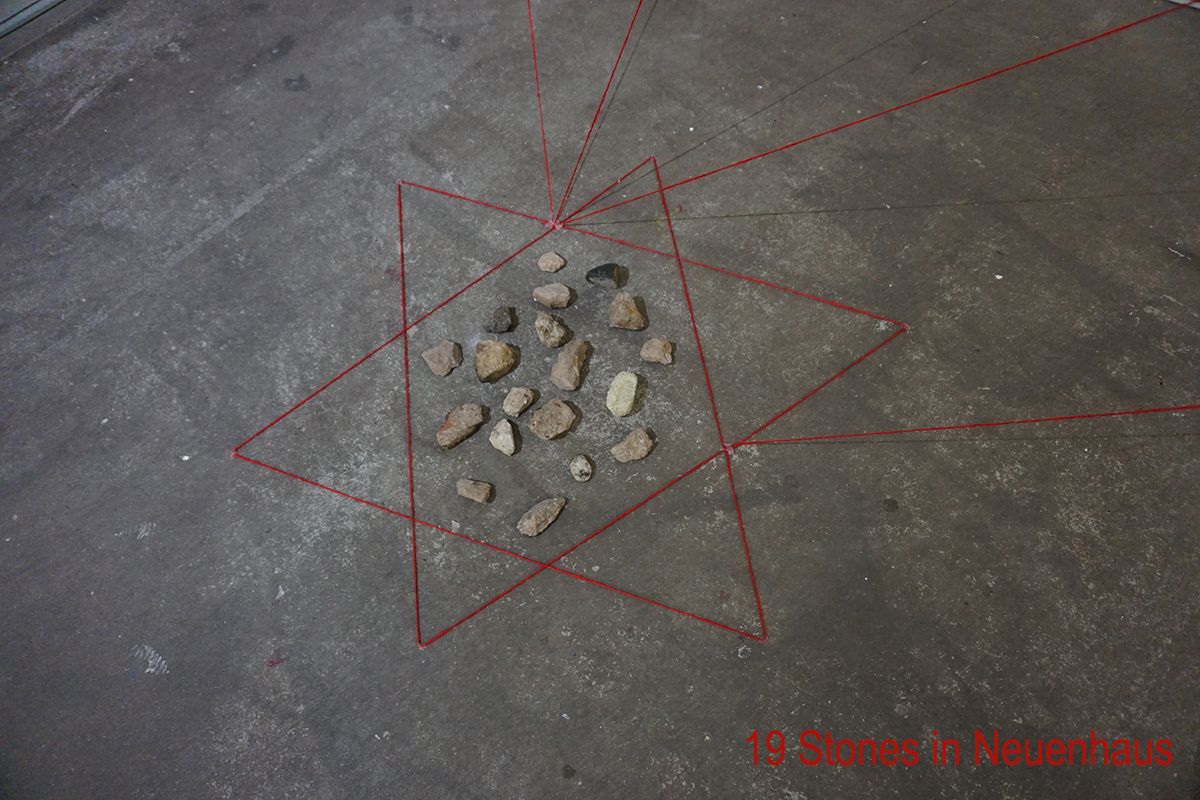
Brunch
In the summer of 2014 Israel was bombing Gaza + I worried about my VHS friend + his family. I made a naive attempt. I organized a brunch for my friend from Gaza and I also invited my Bosnian friends.
Eat! Eat! I was circling the table serving too much food, desperate to make it better for him. We gesture and smile through a Skype with his family.
– We are all together
– We heart your son
Complete hysteria, rarely letting our friend from Gaza even speak. Throughout the meal the Bosnian man, wounded in Sarajevo, remained quiet, apart. Finally, he looked my VHS friend in the eye and said
Listen
You’ve lost your country.
I lost my country too.
But we’re here and we’re going to be OK.
Nobody said anything more for a very long time.
Now I will show you what I made after
Pandemic Postcards
Vielleicht habe auch ich mein Land verloren
Perhaps I have lost my country too
Tikkun Olam
When my grandmother was in her 90s we took her to the Holocaust museum in Washington DC. She sat huddled and silent in a wheelchair. We were pushing her through a hall marked with the names of Jewish communities that no longer exist.
Suddenly her arm shot out.
There! She called out pointing to the name of a small village. That is where we come from!
Kalvarija, Lithuania
After living in Germany for most of a decade, I’ve learned that I have to be rigorous about remaining in the present when I consider the past. I’ve learned that cruelty or even genocide is easier than I thought. All it takes is an information bubble and someone designated as an other. People fall for it with breath taking speed and do unimaginably horrible things. I’ve learned that I have to practice if I want to be brave.
Tikkun Olam, our opportunity to heal the world during our short time here.
Thank you for being here.

